How to Properly Install a Fence Around a Tree
- October 1, 2024
- 0 comment
When planning to install a fence around a tree, one question that frequently arises is How do you protect a tree while also securing your property? Trees add beauty, shade, and value to any landscape, but they can present a challenge when fencing is involved.
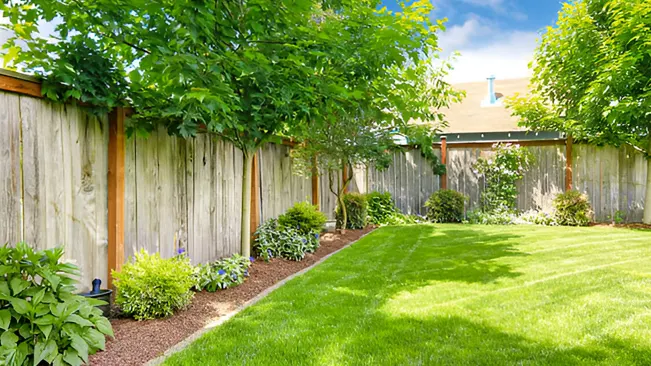
Installing a fence around a tree requires careful consideration to ensure that the tree remains healthy and unharmed. In this guide, we’ll walk through the best practices for installing a fence around a tree without damaging its roots, trunk, or future growth.
Understanding the Importance of Proper Tree Protection
Trees are living organisms, and their roots, trunk, and branches need to be treated with care, especially during construction projects like fence installation. Poor installation can cause long-term harm to a tree, potentially leading to root damage, stunted growth, or even death. Knowing how to properly install a fence around a tree will help preserve the health of your tree while achieving your fencing goals.
- Tree Root Zone: The area around a tree where its roots spread out, typically as wide as the tree’s canopy.
- Drip Line: The outer edge of a tree’s branches; beneath it is the critical root zone.
- Root Flare: The area where the tree’s roots begin to spread out from the base of the trunk.
Practical Tips for Installing a Fence Around a Tree
To install a fence around a tree while minimizing damage, follow these practical tips:
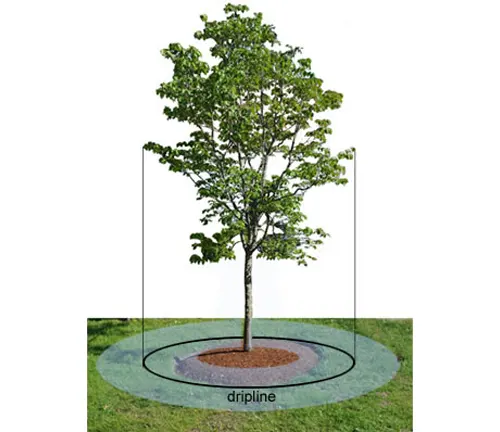
Measure the Drip Line
Use the tree’s drip line as a guide to avoid digging too close. Installing posts outside this area is the best way to protect roots.
for Non-Invasive Post Installation Methods
If possible, use surface-mounted posts or shallow post bases that minimize root disturbance. Alternatively, a floating or cantilevered design can help avoid deep digging near the tree.
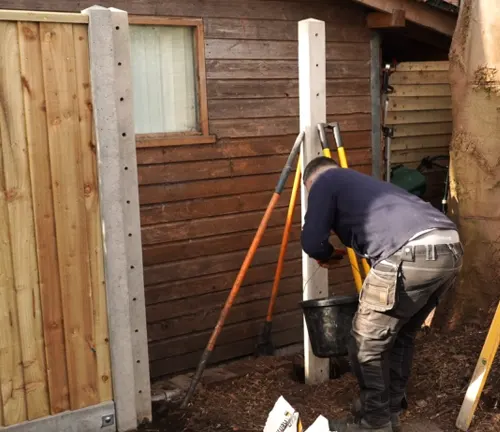
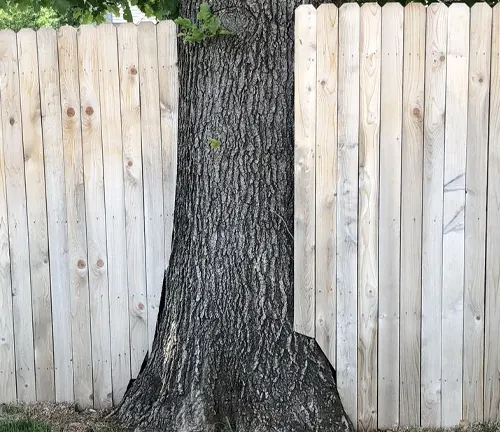
Elevate the Fence
In some cases, it may be better to elevate the fence slightly off the ground, especially near the base of the tree, to allow air circulation and root growth.
Install a Tree Guard
If you need to place the fence closer to the tree, consider installing a tree guard to prevent physical damage to the trunk as the tree grows.
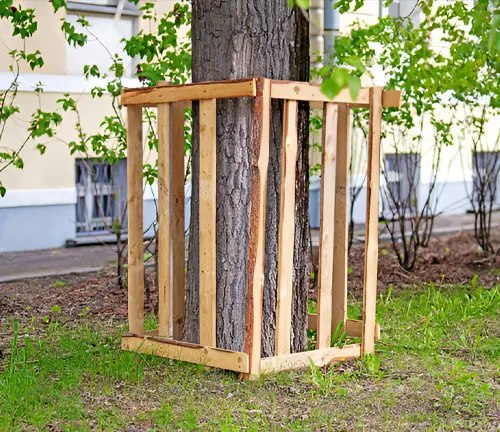
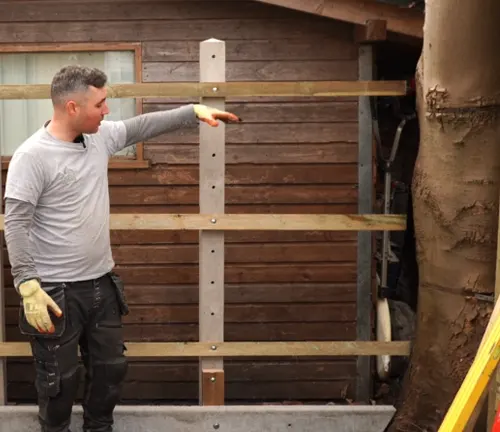
Use Adjustable Panels
If possible, use adjustable fence panels that can be expanded or moved as the tree grows. This can save you the hassle of replacing the fence later.
Consult an Arborist
For large or sensitive trees, consider consulting an arborist before installation. An arborist can evaluate the tree’s health and provide recommendations on how to protect it during fence installation.
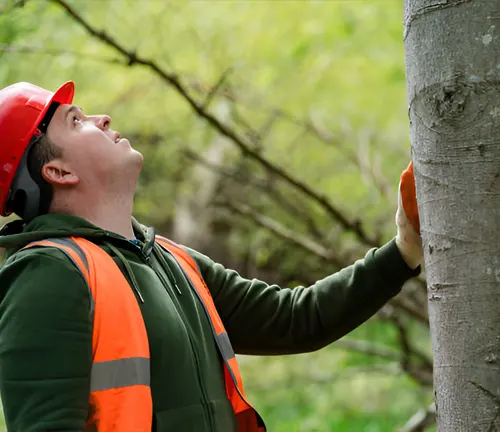
Things to Keep in Mind When Putting Up a Fence Around a Tree
Several factors influence the proper installation of a fence around a tree. Addressing these concerns early can prevent damage and ensure a successful project.
Tree Health and Root Zone
The root zone is vital to a tree’s health because it absorbs nutrients and provides structural stability. Digging or driving fence posts near or within the root zone can sever major roots, leading to stress or even death. It’s essential to avoid trenching or setting posts directly over the root zone.
- Example: A tree’s roots generally spread at least as far as the drip line. For a tree with a 15-foot-wide canopy, you should avoid digging within 15 feet of the tree trunk.
Tree Growth
Trees continue to grow, both upward and outward. Branches may spread, and trunks may thicken over time. It’s important to leave enough space between the tree and the fence to accommodate this natural growth. Fences that are installed too close to the trunk or branches could eventually press into the tree, leading to damage or distortion.
Slope and Soil Conditions
If your tree is located on a slope or in an area with poor drainage, extra precautions need to be taken. Waterlogged soils can affect both the tree’s health and the stability of your fence posts. Consider how the slope of your yard and soil conditions will affect both the tree and the fence installation.
Types of Fencing and Their Impact on Trees
Different fence types have unique considerations when being installed near a tree. Let’s explore the common fencing materials and their potential impact on trees.
Wood Fencing
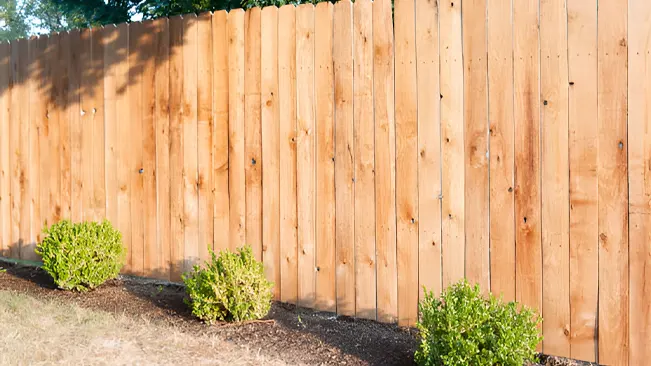
Wood fences are popular for their aesthetic appeal. However, wood fencing typically requires posts to be buried deep into the ground, which could disrupt tree roots if placed too close. Wood also rots over time if it’s too close to wet soil, a common occurrence near the base of a tree.
Vinyl Fencing
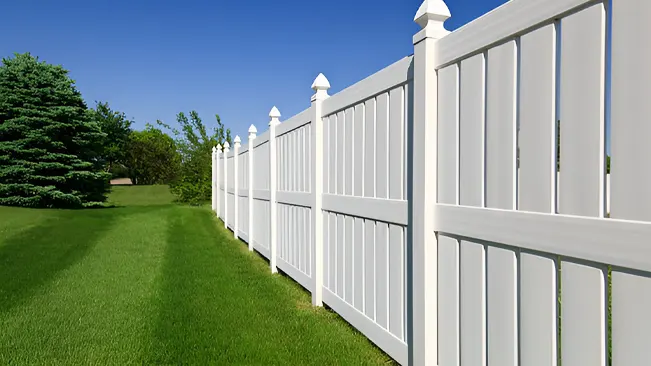
Vinyl fencing is lightweight and often requires less invasive post installation, making it a good option for areas near trees. It also doesn’t suffer from moisture-related issues like wood, making it a more durable choice in tree-rich environments.
Chain-Link Fencing
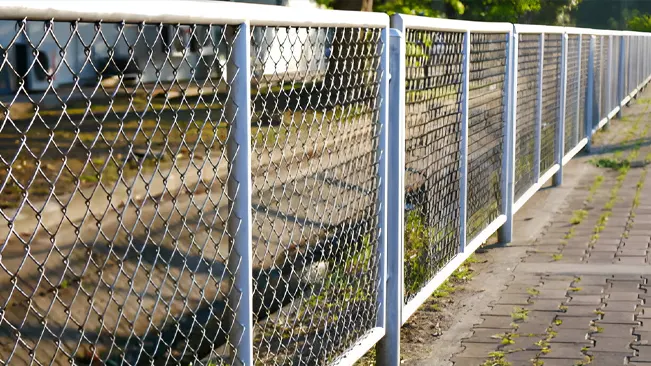
Chain-link fencing is one of the least invasive types, as it requires smaller posts that can be installed with minimal digging. Chain-link fences can also be adjusted relatively easily to account for tree growth, making them a flexible choice for areas with established trees.
Secondary Considerations: Tree and Fence Maintenance
After your fence is installed, regular maintenance of both the tree and the fence is essential. Prune any branches that grow too close to the fence to prevent damage to both the tree and the fencing materials. Check the posts periodically to ensure they haven’t shifted or caused damage to the roots.
Also, be mindful of environmental factors. For instance, wet conditions can lead to soil erosion around both the tree roots and the fence posts, so consider landscaping measures to prevent soil displacement.
Conclusion
Properly installing a fence around a tree requires careful planning and respect for the tree’s growth and root system. By keeping the root zone protected, allowing for growth, and choosing the right type of fence, you can achieve your fencing goals without harming the tree. Always consider the tree’s health in every step of the process, and don’t hesitate to seek professional advice when necessary.
Frequently Asked Questions (FAQ)
- Can installing a fence too close to a tree harm it?
Yes, installing a fence too close to a tree can damage its roots and stunt its growth. It’s essential to avoid digging within the tree’s root zone, which typically extends as far as the tree’s canopy. - How far should a fence be from the base of a tree?
Ideally, fence posts should be placed outside the tree’s drip line, which is the outer edge of its branches. This ensures minimal disturbance to the tree’s roots and allows room for future growth. - Can a fence be built around a tree without damaging its roots?
Yes, by using non-invasive post installation methods such as surface-mounted posts, floating fence designs, or shallow post bases, you can minimize root disturbance and protect the tree’s health. - What type of fencing is best around trees?
Chain-link and vinyl fencing are typically less invasive options, as they require smaller or fewer posts and can be more easily adjusted for tree growth. Wood fencing is more likely to cause root disruption and may require more care. - How do I protect a tree trunk if I need to install a fence nearby?
If you must place a fence close to a tree, consider using a tree guard to protect the trunk from physical contact with the fence, allowing space for the tree to grow without causing damage. - Can I install a fence around a tree on a slope?
Yes, but you need to consider how the slope affects both drainage and soil stability. On sloped terrain, extra attention should be given to the fence’s foundation and the tree’s root health to prevent erosion or waterlogging. - What should I do if a tree outgrows the space near the fence?
If the tree starts to grow too close to the fence, trim its branches regularly, or adjust the fence by expanding it outward using adjustable panels or posts. This prevents both the fence and the tree from damaging each other.

Edward Smith
Forestry AuthorWoodworking is about more than crafting; it's a harmonious connection with nature, mastering tools, and preserving our environment. I'm here to share my knowledge and experiences with you, forging a future where we can embrace wood's beauty and utility while safeguarding our forests' health and diversity.





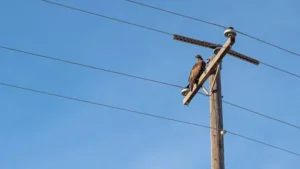





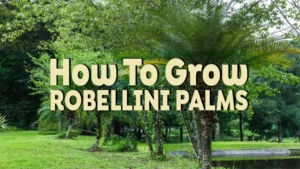

Leave your comment